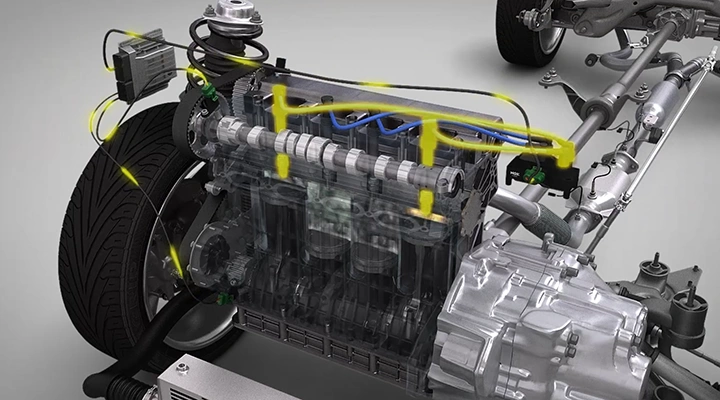 Because Timing is Everything
Because Timing is Everything
Timing is a key factor when it comes to keeping an internal combustion engine running properly. In the highly complex engine processes, the purpose of engine speed and position sensors is to provide the engine’s ECU with the most essential information needed to run the engine. Consequently, exact timing of fuel injection and ignition is essential for smooth and efficient engine operation.

562 part numbers offering the best market coverage from premium brands

78% market coverage (source: TecDoc)

Double-sided label for quick and easy selection

Clear user installation sheet and securely sealed bag
 01:11
01:11

The new NTK Engine Speed and Position Sensors range. The next step in quality.




